Let’s face facts, when dealing with trip and fall lawsuits it’s not often jurors or judges will understand the importance of industry accepted standards of care. Trip and fall accidents are often the result of cracks in the pavement, changes of elevation in a sidewalk, or even defects in stairs. This can make portraying the physical facts of your argument difficult when all you have is a grainy, 2D image of the defect. Imagine all the benefits of handing the jury or deponent a 3D model of a two inch deep cracked sidewalk and ask if they consider it a safety hazard.
With 3D printing, those benefits are possible. We are experienced technicians with access to state-of-the-art 3D scanners and software that enables us to scan whatever defect that caused your client harm and turn that scan into a physical, 3D printed object. Gone are the days of relying on a discolored image to support your case. People may argue the depth of a photographed trip hazard or may not feel its weight, but that’s hard to do when they are physically holding it.
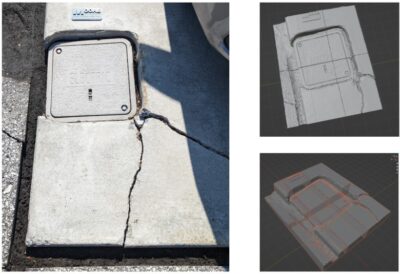
Make Your Exhibits Stand Out
How often have you shown a jury or deponent an image of a defect and asked them to assess if it was dangerous and they responded with “That’s hard to say”? Or you asked your client to recount the approximate measurement of the defect and they responded with “I’m not good with that kind of stuff”? Those uncertain answers can be a huge detriment to your case, but with 3D printing we can erase the uncertainty entirely.
Our expertise allows us to scan and replicate the trip hazard just as it existed in the field. This allows numerous possibilities as you either depose witnesses or appeal to the jury. Our 3D scanning and printing process produces a lasting product that you can rely on for as many years as the lawsuit takes, which we both know can go on for a long time.
Engagement Equals Success
When you present a 3D replica of the hazard you’re not just changing the game, you’re making your jury feel like forensic engineers. Instead of asking them to formulate opinions on lengthy interviews and less than appealing images, they can now assess the safety dangers of a real, physical object.
Through relying on the science of hands-on learning, we are providing sensory details that activate both sides of the brain, which allows for stronger connections. Professor Sian Beilock, author of “How the Body Knows Its Mind” connects this concept to a study of students relying on either visual stimulants or motor skills to understand science concepts. Beilock concluded that “students who physically experience difficult science concepts learn them better.”
The same concept can be applied here and creates an engaging environment that allows for your jury to come to full attention and have a deeper understanding of the facts of the case and subject trip hazards. As the jury passes around the model and feels with their fingers just how deep and dangerous a crack or trip hazard is, the facts and consequences of the trial become real, and the jury can now personally connect.
Innovation with Moore
Dazzle the court room and engage the jury by bringing the subject defect to them. Our 3D scanning and printing services are affordable and completed by experienced technicians and industry professionals. There’s no questioning the value of an indisputable defect that you can hold in your hands.
For more information fill out the contact form below or call us via phone at 856-437-7900. All consultations are complimentary!
Test Moore, Fail less.
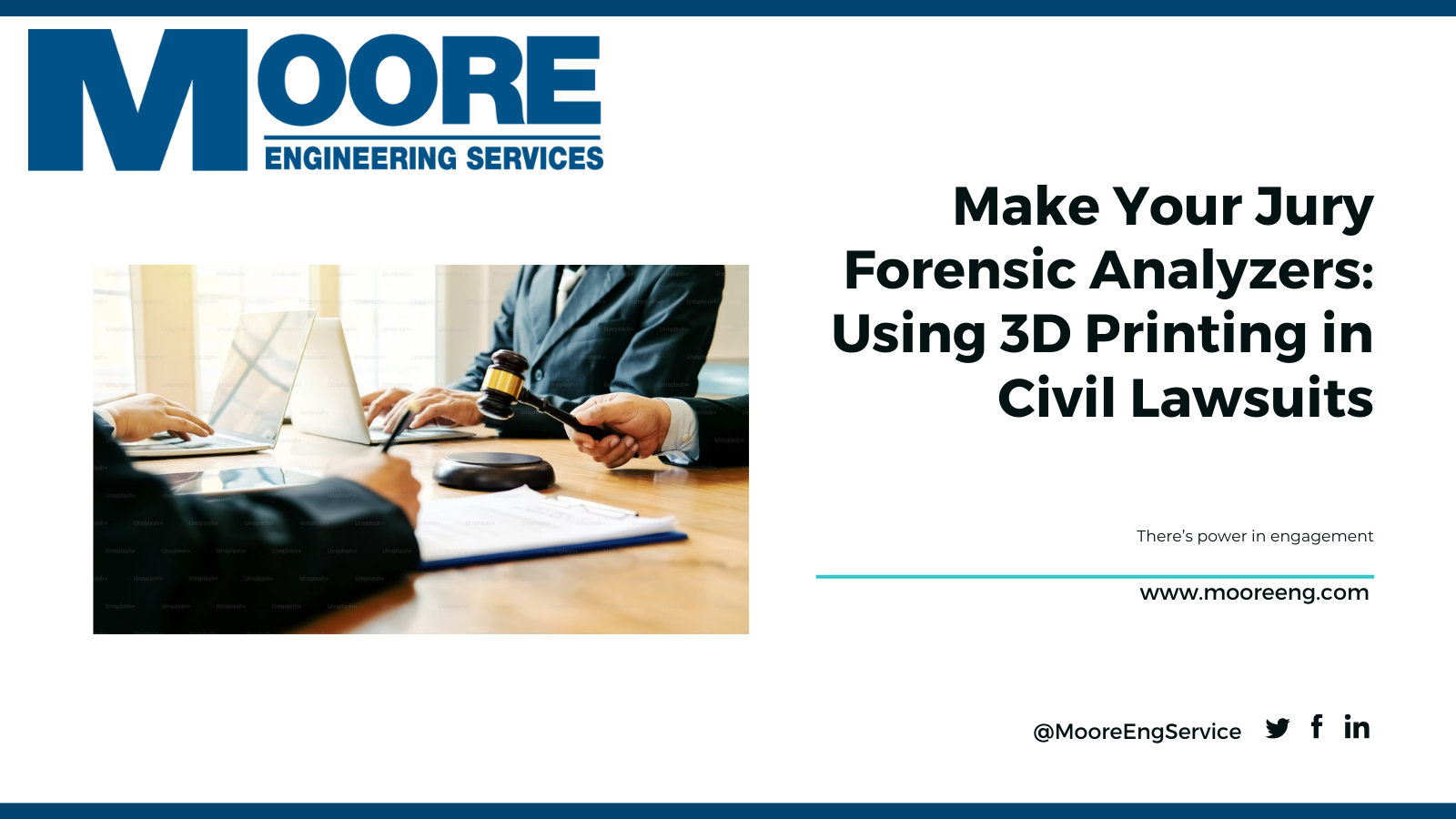
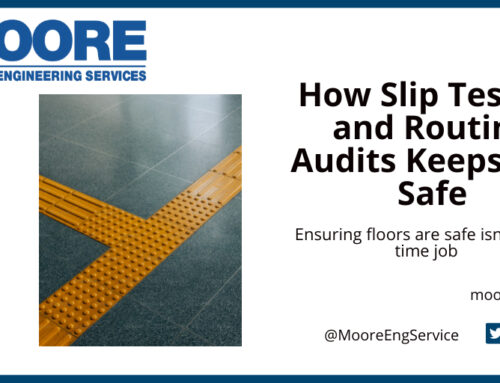
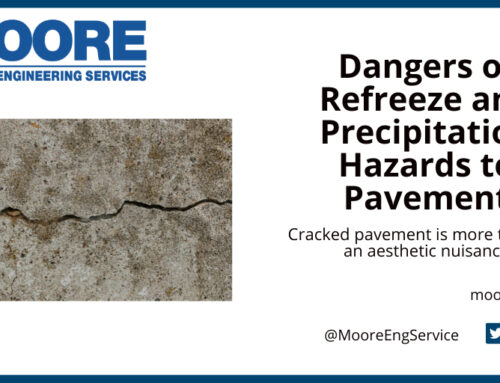
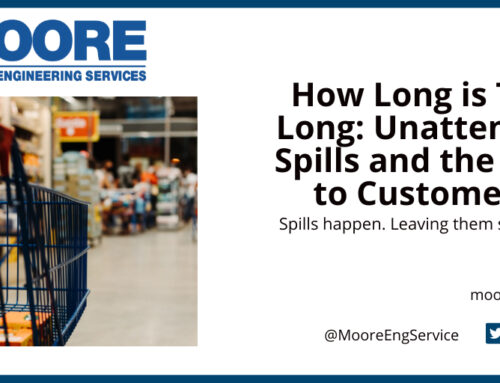
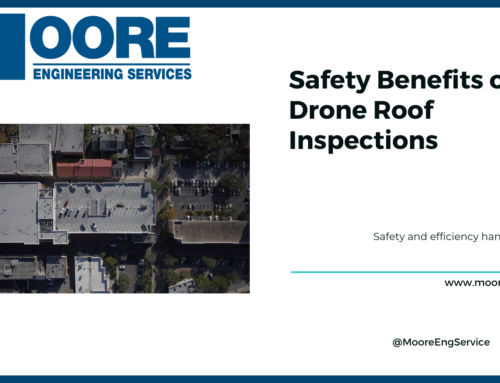
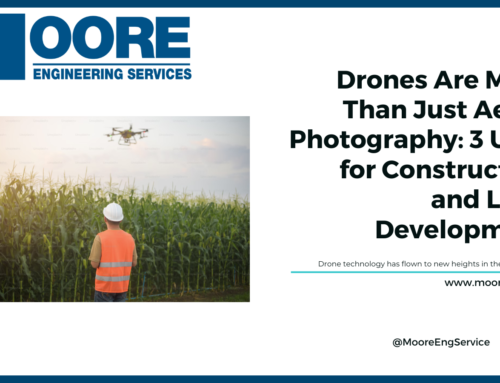
Leave A Comment